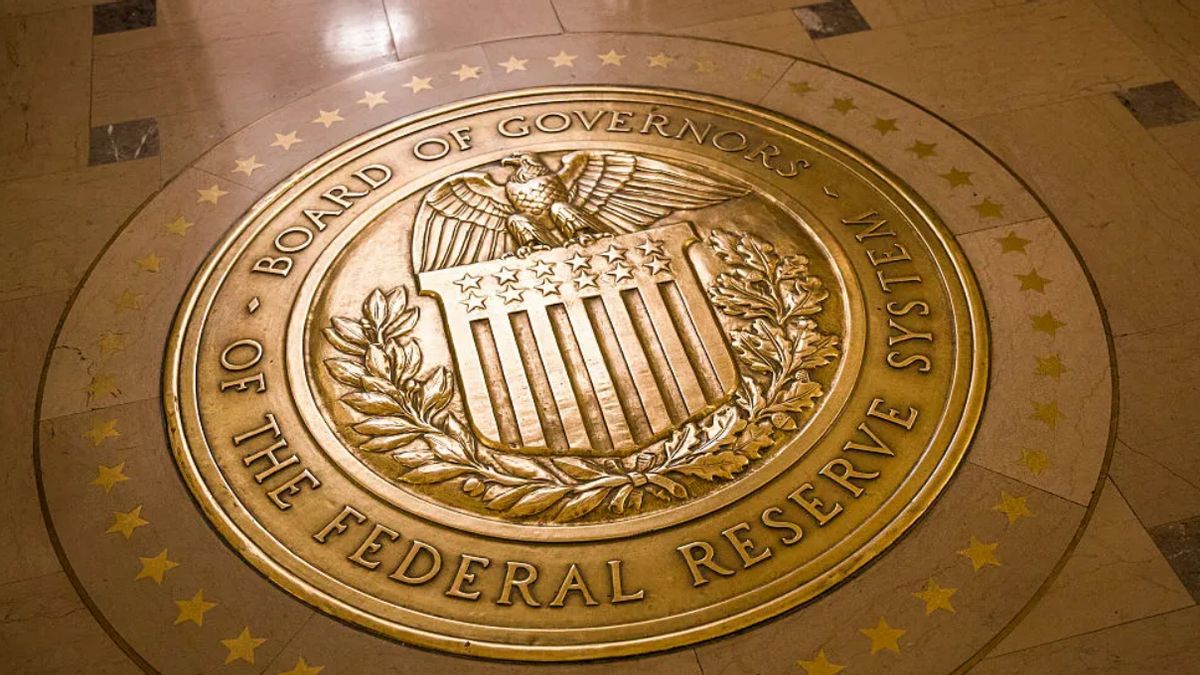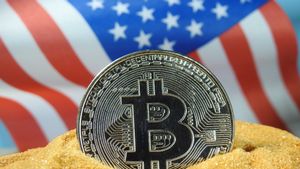JAKARTA - Famous crypto lawyer James Murphy revealed that anti-crypto actions were carried out smoothly by the United States Federal Reserve (Fed) against the crypto custodial company, Customer Bank. Through uploads on platform X (formerly Twitter), Murphy called this effort "Operation Chokepoint 2.0" coordinated by US government agencies.
According to Murphy, the United States Securities and Exchange Commission (SEC) is not the only entity taking legal action against crypto-backed businesses. Fed is also involved in this operation by rejecting the Customer Bank's "master" account application.
Fed's "master" account is a bank account that allows financial institutions to use the Federal Reserve System for check clearing, fund transfer, and automated clearing house (ACH) payments. This account is very important for crypto companies to operate efficiently and safely.
Custodia Bank, which is a special Wyoming-based bank, sued Fed for failing to approve its "master" account application despite having passed a thorough examination by the Kansas branch of the central bank. With the status of a Wyoming-graded deposit agency, Customsodia Bank meets the requirements to operate a "master" account under federal law.
SEE ALSO:
However, the Custodia Bank app faced prolonged uncertainty for 20 months. Then, eight months after the crypto-custodic company filed a lawsuit in court, the app was rejected. The reasons for the rejection include the lack of a modal requirement framework, a risk management loophole, and the lack of relevant banking experience from the management team.
Murphy noted that the US SEC used a similar strategy in a regulatory petition against Coinbase, one of the largest crypto exchanges in the world. The petition asks Coinbase to provide information about crypto products offered to its customers, including technical aspects, security, and risks.
Operation Chokepoint 2.0 is a term used to describe organized efforts by financial agencies to undermine the integrity and adoption of digital assets in the US. This term refers to Operation Choke Point 1, which was carried out in 2013 under Obama's administration. The operation aims to reduce and limit the company's business ties to the industrial sector which is considered to have a high risk, such as involvement with the arms sector, illegal drugs, pornography, gambling, and others.
This operation sparked controversy because it was considered a form of government interference in business matters that could potentially harm other companies that were legitimate and considered a form of discrimination in certain industrial sectors. This operation was stopped in 2017.
Murphy argues that Operation Choke Point 2.0 is different from Operation Choke Point 1.0. In the second edition, this operation is more structured and open. "At 2.0, everything happens in sight, in the form of making rules, written guidance, and blogs. Crypto crackdown is currently being sold as a'security and health problem' for banks, and not just a matter of reputation risk," Murphy said.
Operation Choke Point 2.0 has raised concerns among the crypto community, which considers it an attempt to shut down the US crypto industry. The US crypto industry has faced various challenges, such as unclear regulations, strict global competition, and lack of support from major banks. With Operation Choke Point 2.0, the US crypto industry may find it increasingly difficult to develop and compete.
The English, Chinese, Japanese, Arabic, and French versions are automatically generated by the AI. So there may still be inaccuracies in translating, please always see Indonesian as our main language. (system supported by DigitalSiber.id)
















